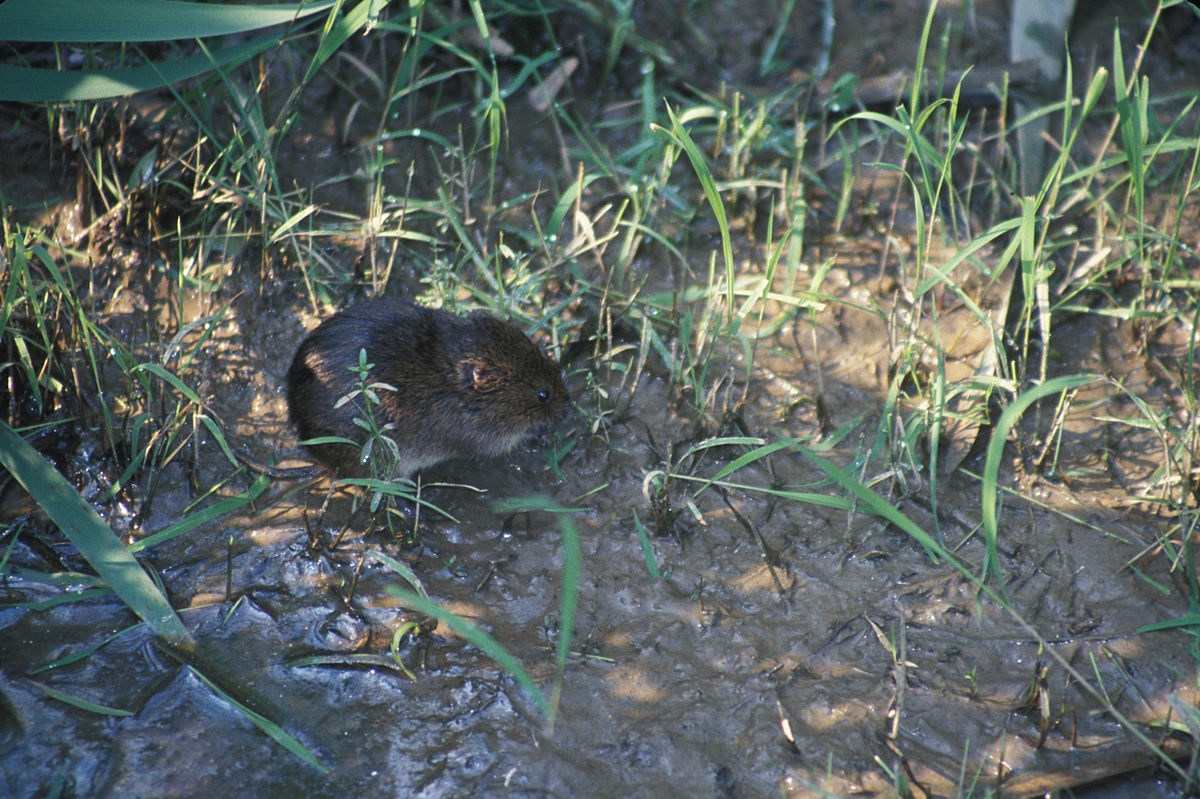Vole Yard Damage Solutions: Effective Control Techniques
Vole Yard Damage Solutions: Effective Control Techniques
Blog Article
Vole Parasite Control Demystified: A Total Introduction of Infestation Detection and Reliable Therapy Techniques
From refined signs of invasion to the execution of targeted control steps, browsing the realm of vole insect control requires a mix of knowledge and critical action. In this detailed review, we will check out the subtleties of vole infestation detection and dig right into the world of effective treatment techniques that can guard your spaces from these underground annoyances.
Recognizing Vole Behavior Patterns
Comprehending the complex actions patterns of voles is essential for effectively implementing parasite control measures in agricultural and domestic setups. Voles, small rodents that look like mice however with stouter bodies, are well-known for their fast recreation prices and ravenous cravings for plant life. By diving right into their actions patterns, pest control experts can gain valuable insights into vole vulnerabilities, choices, and behaviors.
Voles are mostly herbivores, preying on a variety of plants, roots, bulbs, and roots. They are additionally respected tunnelers, producing fancy underground burrow systems for nesting and foraging. By recognizing these behaviors, bug control experts can strategically position catches and bait terminals along vole runways and entry factors, enhancing the likelihood of effective obliteration.
Additionally, knowledge of vole behavior patterns can aid in establishing preventive actions to prevent future infestations. By addressing factors that bring in voles, such as dense plant life cover and conveniently available food sources, homeowner can make their premises much less inviting to these destructive parasites - vole control. In verdict, a detailed understanding of vole habits is critical in devising sustainable and reliable insect control approaches
Identifying Indications of Vole Problem
Effective vole insect control begins with without delay identifying the obvious indications of vole infestation on homes. In addition, vole droppings are an additional clear indication of invasion.
In addition to droppings and paths, chomp marks on tree bark and vegetation are also indications of vole activity. The visibility of burrow openings in the ground indicates an energetic vole population.
Being vigilant for these indications can assist homeowner detect vole invasions early and take proper bug control actions to avoid more damages.
Carrying Out Targeted Control Actions
What details techniques can be utilized to properly implement targeted control procedures for vole insect monitoring on buildings? Carrying out targeted control procedures for vole pest monitoring needs a multi-faceted approach that integrates both avoidance and removal methods.
Trapping is one more effective technique for controlling vole populations. Live traps can be purposefully put along vole runways or burrow entryways, baited with peanut butter or apple slices. Once recorded, voles ought to be humanely gotten rid of to a different area to stop reinfestation.
Rodenticides can be used as a last resort for serious problems, however care needs to be worked out to avoid damage to non-target pets. It is essential to comply with all safety standards and guidelines when making use of rodenticides for vole control.
Natural and Eco-Friendly Solutions
The fostering of ecologically conscious methods can play a pivotal function in handling vole populations without creating injury to the community. Natural and environment-friendly remedies supply a lasting approach to vole bug control, lessening using damaging chemicals and promoting biodiversity in the affected areas.
One efficient all-natural approach is using killer pee or killer decoys. Predators like foxes, owls, and serpents are the vole's all-natural enemies. By purposefully positioning predator pee or decoys around the infested locations, voles may be deterred from resolving in those places.
Additionally, growing vole-resistant vegetation can assist in lowering vole damage. Plants such as daffodils, crown imperials, and Siberian squill are understood to be uninviting to voles and can act as natural repellents.
In addition, creating physical barriers like cable mesh or crushed rock around vulnerable plants can avoid voles from accessing them. These obstacles can aid protect gardens and landscapes without presenting any kind of threat to the atmosphere or various other non-target varieties. By incorporating these natural and environment-friendly remedies, vole invasions can be handled properly while maintaining environmental balance.
Long-Term Avoidance Strategies
To sustainably attend to vole problems over time, implementing proactive actions is critical for lasting prevention techniques. By reducing vole control thick plant life, compost, and mess around buildings, you can make your building less appealing to voles.
Regular tracking of vole task is vital for very early discovery of any kind of indications of problem. Establishing vole catches can aid in regulating their populace before it becomes a full-blown infestation. It is additionally crucial to seal off any kind of entrance indicate frameworks or buildings to avoid voles from getting access.

Conclusion
To conclude, understanding vole actions patterns, identifying indications of problem, implementing targeted control actions, using all-natural and environmentally friendly remedies, and carrying out lasting prevention methods are critical action in successfully taking care of vole problems. By being aggressive and taking the essential steps to deal with vole problems without delay, individuals can successfully manage and protect against vole invasions in their properties.

Report this page